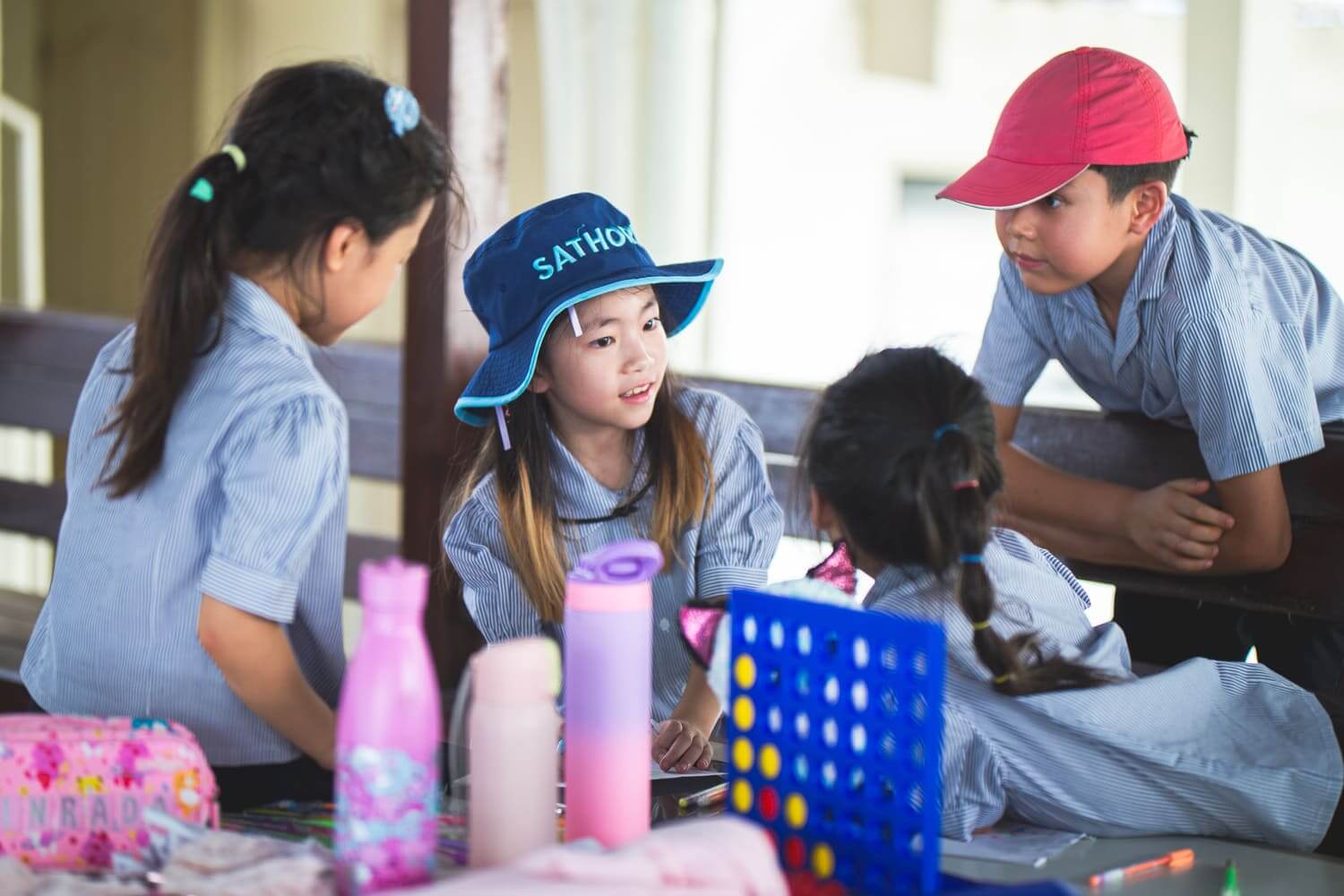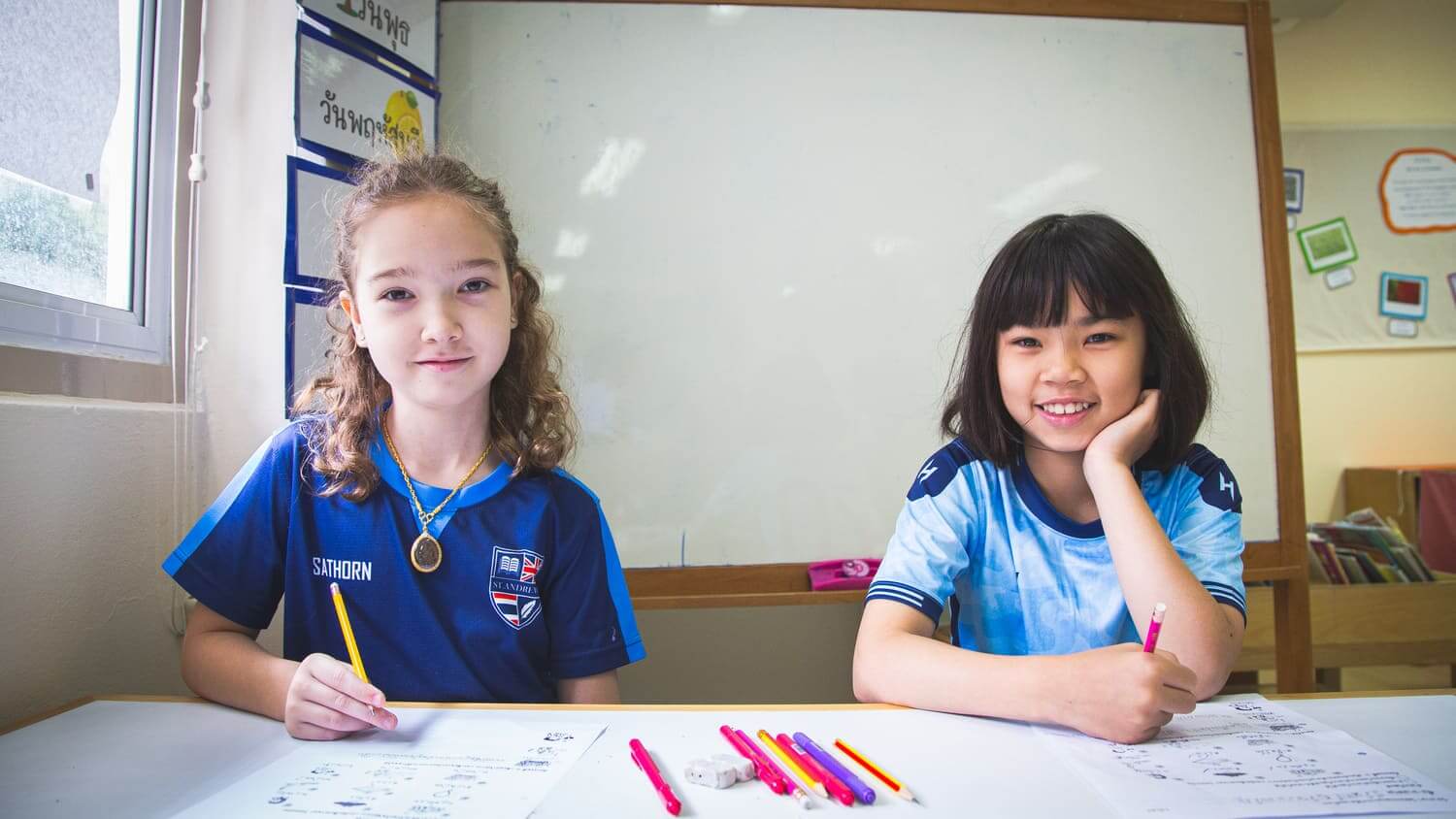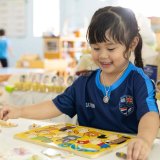As your child embarks on their educational journey, the early years represent a critical period for development. During this time, children are naturally inquisitive, eager to explore, and ready to engage with the world around them. At St. Andrews International School Sathorn, we understand the importance of igniting this curiosity and fostering a love for learning through our focus on STEAM education—Science, Technology, Engineering, Arts, and Mathematics. This comprehensive guide aims to equip you, as parents, with insights, strategies, and a deeper understanding of how you can nurture STEAM skills in your child during these formative years.
Understanding STEAM and Its Importance
STEAM education is more than just a curriculum; it is a holistic approach to learning that integrates multiple disciplines, encouraging children to make connections between different fields of study. The emphasis on STEAM skills is essential because:
- Critical Thinking and Problem-Solving: Exposure to STEAM encourages children to think critically and creatively. They learn to approach problems methodically, experimenting with solutions and learning from failures.
- Real-World Relevance: STEAM education links academic concepts with real-world applications, making learning meaningful. Children see the relevance of what they learn, enhancing their engagement and retention.
- Collaboration: Many STEAM activities involve teamwork, helping children develop communication and collaboration skills as they work with peers to solve problems or create projects.
- Preparation for Future Careers: As technology continues to evolve, the demand for skills in STEAM fields will grow. Early exposure can spark interest and equip children for future academic and career pursuits in these areas.

Layering the STEAM Framework in Early Childhood
At St. Andrews Sathorn, we adopt a layered approach to STEAM education, integrating it into daily activities in Nursery and Year 2 programs. Here’s how we make it happen:
Science Exploration in Everyday Life
- Nature Walks: Regular outdoor activities allow children to explore their surroundings, observe plants and animals, and ask questions about their environment. For example, during a nature walk, teachers might encourage children to identify different types of leaves or insects, fostering a sense of discovery.
- Hands-on Experiments: Simple scientific experiments using household items or natural materials can be both fun and educational. Activities such as creating a vinegar and baking soda volcano or observing how seeds grow can pique children’s interest in scientific inquiry.
- Observation Journals: Encouraging children to keep observation journals where they record their findings about the natural world can enhance their observation skills, promote writing, and develop critical thinking.
Artistic Expression as a STEAM Connector
- Creative Projects: Incorporating arts into STEAM subjects enhances creativity and allows children to express their understanding of concepts. For instance, they might create a collage representing the life cycle of a butterfly, integrating art with science.
- Dramatic Play: Role-playing activities that align with STEAM concepts can help children internalise what they have learned. For instance, acting out different occupations (like scientists, engineers, or artists) can inspire discussions about these fields.
- Music and Rhythm: Integrating music into lessons helps develop patterns and sequencing skills inherent in mathematics. Clap along rhythms or explore musical instruments to discuss sound waves, promoting both auditory skills and a basic understanding of scientific principles.
Technology Integration in Learning
- Interactive Learning Tools: carefully selecting educational apps and games that focus on STEAM concepts can make learning exciting. Many apps are designed to be engaging while teaching coding, mathematics, or scientific concepts. At St. Andrews Sathorn we have policies to ensure any applications used to enhance learning, and we keep screen time on applications limited.
- Digital Storytelling: Children can create digital stories that incorporate illustrations, text, and sounds, blending technology with storytelling and enhancing their narrative skills while learning about different subjects.
- Robotics and Coding: Simple robots designed for young learners can introduce basic coding concepts. Programs that require children to give commands to their robots to complete tasks help build critical thinking, problem-solving, and basic programming skills.
Engineering through Play
- Building with Blocks: Playtime with blocks or construction sets fosters engineering skills. Children learn about stability, balance, and gravity as they experiment with building different structures.
- Design Challenges: Set fun challenges where children must engineer a solution to a problem, such as creating a boat that can float or a tower made from a specific number of materials. These activities promote creativity and critical thinking.
- Exploring Simple Machines: Engaging with everyday objects—like levers, pulleys, and wheels—can help children understand basic engineering principles. Creating simple machines through play provides hands-on experiences that solidify their understanding.
The Role of Mathematical Thinking
Mathematics, when approached through a playful lens, can be engaging and enjoyable for young learners. At St. Andrews, we emphasise:
- Pattern Recognition: Encourage children to identify and create patterns using different materials like beads or coloured blocks. Recognising patterns is foundational for mathematical reasoning and problem-solving skills.
- Measurement Activities: Incorporate measuring and comparing lengths, heights, and weights through games and activities. For example, use measuring tapes during outdoor play to measure heights of plants or distances between objects.
- Maths in Daily Life: Promote the application of mathematics in everyday contexts. Simple activities, such as cooking (where they can measure ingredients) or shopping (calculating prices and making change), reinforce mathematical skills.

The Benefits of a Play-Based Curriculum
A play-based curriculum is instrumental in developing STEAM skills. Here’s why:
- Natural Learners: Children learn best through play, which allows them to explore at their own pace and follow their interests. This autonomy fosters motivation and a love for learning.
- Cognitive Development: Engaging in play stimulates brain development, helping children enhance their cognitive functions, including critical thinking, problem-solving, and spatial awareness.
- Social and Emotional Learning: Play often involves interaction with peers, allowing children to develop social skills, empathy, and emotional intelligence as they navigate collaborative activities.
- Resilience and Risk-Taking: Play provides children with safe opportunities to take risks, make mistakes, and learn resilience. Encouraging experimentation leads to a growth mindset where challenges are viewed as learning opportunities.
Strategies for Parents to Foster STEAM Skills at Home
As parents, you can play an active role in enhancing your child’s STEAM education at home. Here are practical strategies to foster creativity and critical thinking:
- Engage in Conversations: Frequently ask open-ended questions about their day, experiences, and observations. Encourage “why” and “how” discussions to promote curiosity and critical thinking.
- Create a Learning Space: Set up a designated area at home where your child can explore and experiment freely. Include materials for building, art supplies, and access to books that spark their interest.
- Limit Screen Time: While some technology is beneficial, balance it with hands-on activities. Encourage outdoor playtime, nature exploration, and physical activities that promote engagement and creativity.
- Incorporate STEAM into Routines: From counting snacks at mealtime to measuring ingredients while cooking, integrate STEAM concepts into daily routines to reinforce skills in a practical context.
- Visit Museums and Events: Take advantage of local science and art museums, makerspaces, and community events to expose your child to various STEAM experiences outside of the school environment.
- Support Artistic Pursuits: Encourage creative expression through art, music, or dance. Provide opportunities for your child to explore their interests, whether it’s painting, music, or theater.
Recognising Signs of STEAM Interest
Understanding your child’s interests can guide you in supporting their STEAM development. Here’s what to look for:
- Curiosity About the World: If your child often asks questions about how things work or shows interest in nature and science topics, they may have a natural affinity for those subjects.
- Enjoyment of Building and Creating: Children who love to build things, whether with blocks or through crafts, often demonstrate potential in engineering and architectural thinking.
- Creative Play: If your child enjoys storytelling, drawing, or engaging in dramatic play, it indicates an interest in artistic expression, which is an integral part of the STEAM framework.
- Explorative Use of Technology: Children who are drawn to interacting with technology, whether through apps, games, or gadgets, may thrive in areas involving technology and engineering.

The Role of St. Andrews International School Sathorn
St. Andrews Sathorn is committed to providing an environment where STEAM skills are nurtured during these formative years. Here’s how we differentiate our approach:
- Qualified Educators: Our dedicated staff are trained to provide a play-based, child-centered learning experience that respects each child’s unique pace and interests.
- Dynamic Learning Environment: Our classrooms are designed to encourage exploration and creativity, equipped with resources that facilitate hands-on learning across all STEAM disciplines.
- Community Engagement: We foster connections between schools and families, offering workshops, events, and resources that support parents in understanding and promoting STEAM education at home.
- Personalised Learning: We respect individual differences in learning styles and interests, ensuring our programs cater to each child’s needs while emphasizing critical thinking and collaboration.

Conclusion: Taking the Next Step
Fostering a STEAM mindset in your child begins early. By engaging them in hands-on, exploratory learning, you set them on a path toward lifelong curiosity, critical thinking, and creativity. At St. Andrews International School Sathorn, we strive to create an enriching environment that empowers children to imagine, innovate, and explore.
We invite you to take the next step in supporting your child’s STEAM journey by scheduling a personalised tour of our school. This visit will offer insights into our facilities, curriculum, and the opportunities we provide for young learners. Together, let’s prepare our children to become the innovators of tomorrow, equipped with the confidence and skills needed to thrive in an increasingly complex world.
By fostering their love for STEAM, you are not just preparing them for academic success; you are empowering them to make a meaningful impact in the future.






